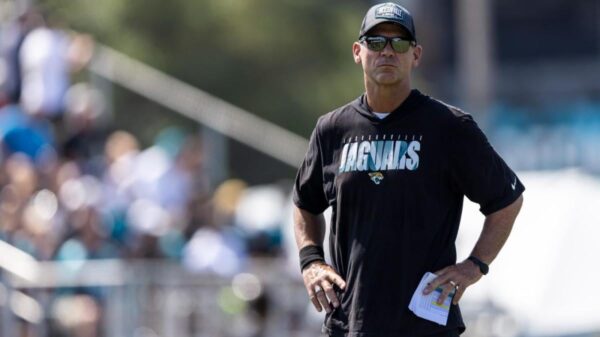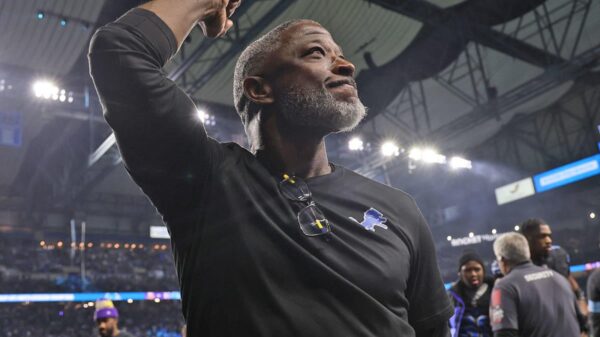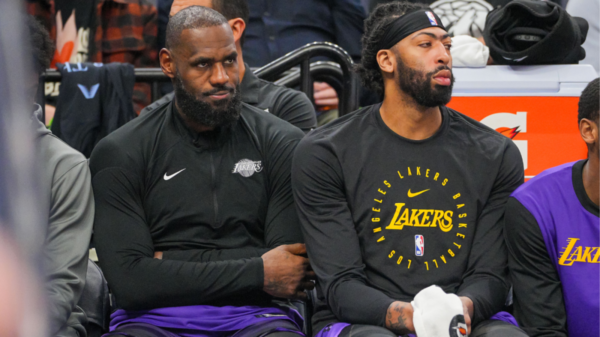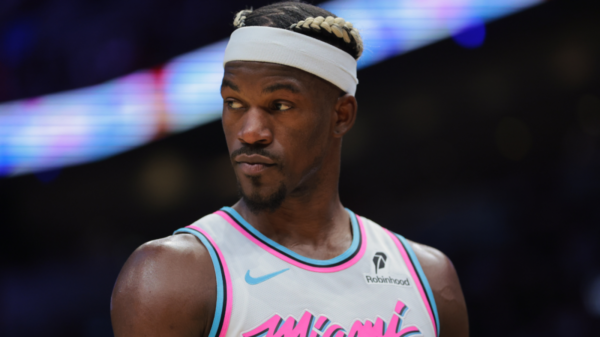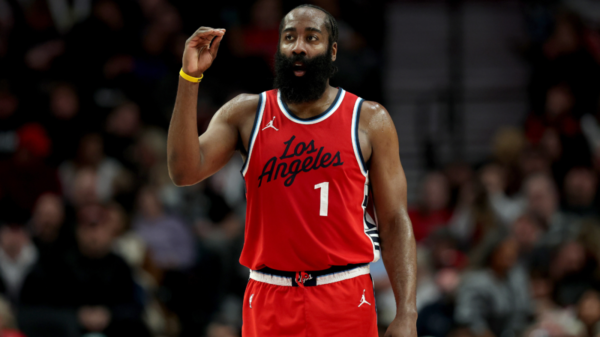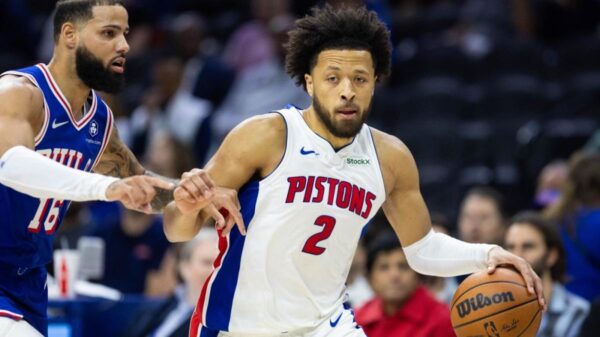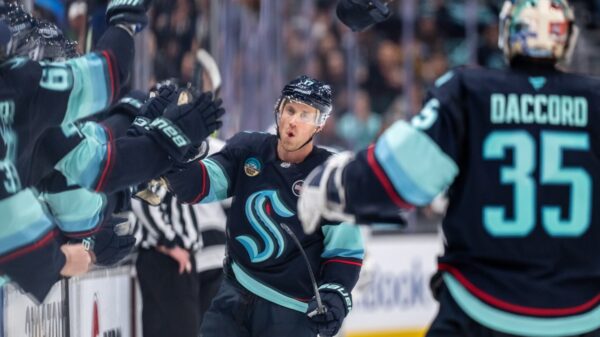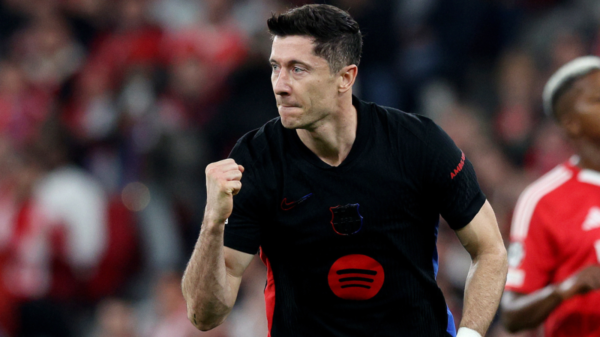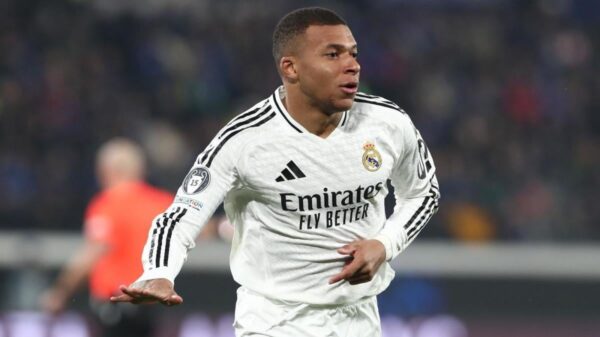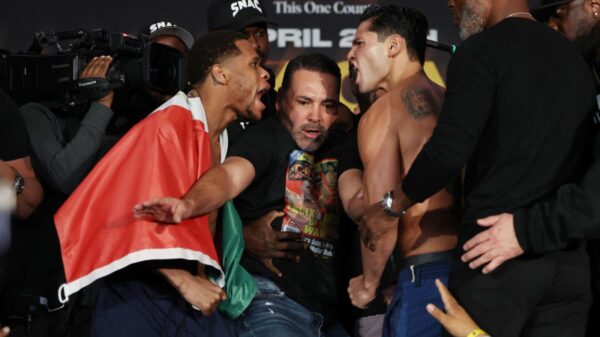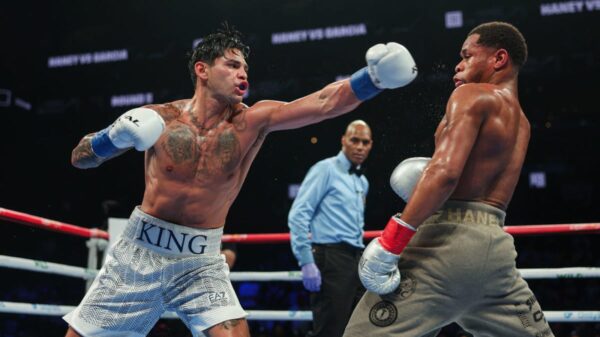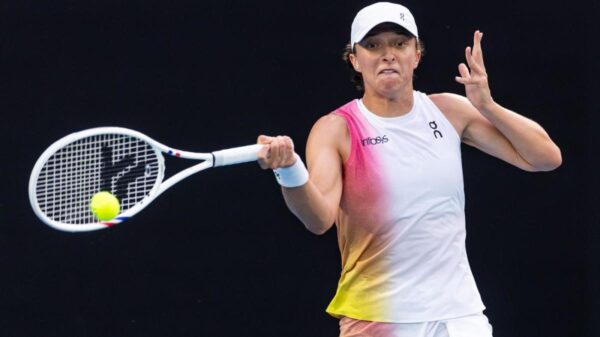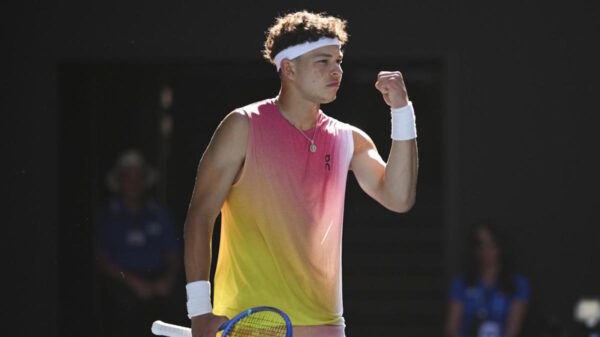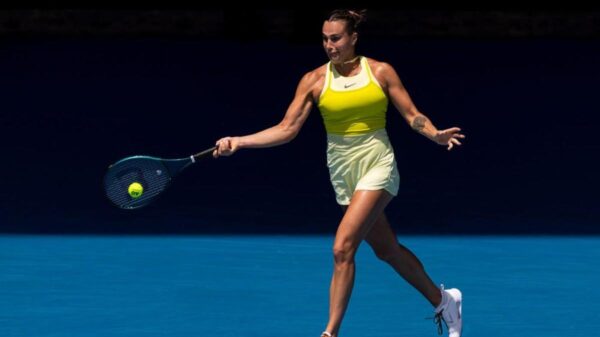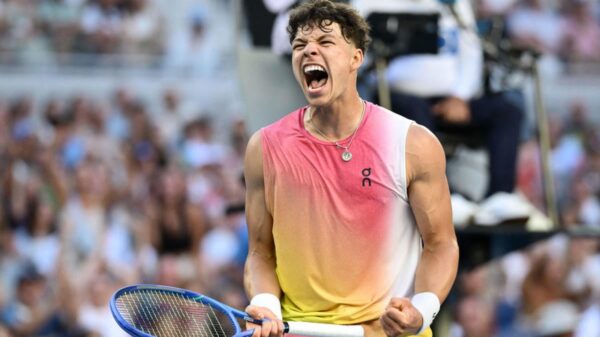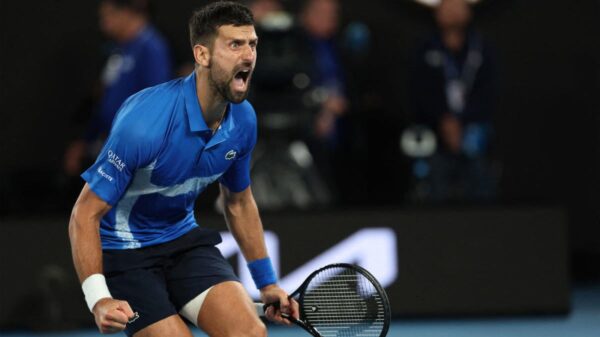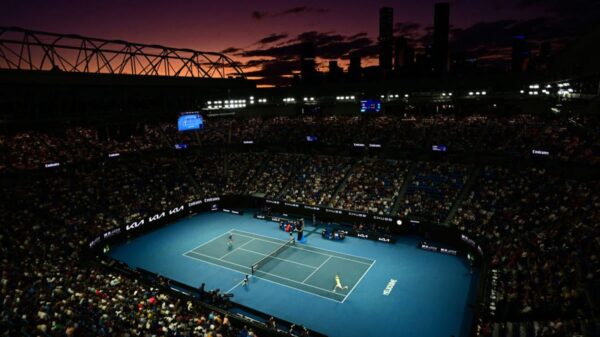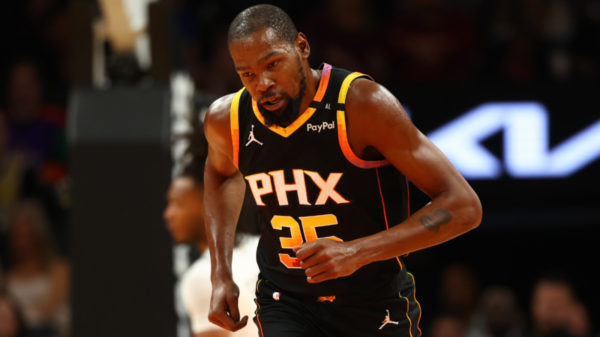Ahead of the Major League Soccer transfer window opening on Jan. 31, the league has announced significant rule changes that could impact how teams spend money on players who are moving from clubs within the league. In the change, a club can use unlimited out-of-pocket funds to trade for players already within the league. This has previously required the use of General Allocation Money, players, or a mix of other mechanisms that are limited.
While there is a limit of only two players that a team can acquire and trade via this mechanism in a season, it does allow for blockbuster moves that don’t hamstring a team from doing more with their roster. One such example could end up involving Atlanta United. Their search for a designated player at the striker position could lead to a record purchase as the Five Stripes have already reportedly made a bid to sign Emmanuel Latte Lath from Middlesbrough, but this wouldn’t stop them from pairing him with someone like the Portland Timbers’ Evander in an inter-league trade.
Previously, it’d be tough to move a designated player via trade because there isn’t enough available via league mechanisms to compensate the team losing a player, but with an owner being able to go right into their pockets to acquire someone, it raises the levels of inter-league deals that can be done significantly. For the team selling a player, revenue from these deals can be converted into GAM allowing them to immediately use the deals to bolster their roster.
It feels like it is only a matter of time until this mechanism is used to acquire a player but let’s take a quick look at some of the other rule changes.
MLS spending shifts
Outside of GAM received via the U22 initiative, it no longer has an expiration date allowing teams to stack it to use how they please. Previously, GAM only lasted for three transfer windows and it’s adding to the flexibility that will be afforded to teams. There is also now a second contract buyout for clubs as previously there was only one. If a designated player is loaned out to a club internationally, that also will now open that spot for use. Teams can also now shift between if they want to use the two or three designated player model during the season instead of having deadlines during which those shifts need to be made.
The keyword here is flexibility. While teams are still restricted to fit their salaries under the spending cap, changes like this will make the league more competitive on the global scale, at least when it comes to teams with ownership that aren’t afraid to open their wallets to fund roster builds. There are drawbacks that can be created for parity but if MLS is to compete in things like the Club World Cup, the top teams need to be focused on how they can compete with others around the world. In effect, this is a limited open transfer market which can help keep stars in MLS.
The decline of parity
For teams who have gotten by on the strength of their academies by augmenting things from abroad like the Philadelphia Union and FC Dallas, this is a move that could make it harder for them to compete without investing. Since this is such a new mechanism, there’s no guarantee that shrewd ownership will continue to do that on domestic players but if there’s a concern about the shifts, that’s one of them.
Without the threat of relegation, there’s nothing to lose for teams that don’t spend but it’s also a risk that the league needs to take. More avenues to acquire talent is a good thing for the league and it could be the first step to pulling back some of the roster restrictions around the league. MLS has lagged behind Liga MX in spending and last season began to see players like Cade Cowell and Brandon Vazquez poached by Mexico.
While Vazquez is back, mechanisms like this give domestic teams the same chance to acquire those players back. If eventually it also aligns with MLS’ transfer windows running at the same time as Europe then it’d be an entirely new market. That’s a lot of projecting but it’s also the direction that the league has been heading.
Heading into 2026, MLS is in a unique position to capitalize on the interest of soccer domestically in the lead-up to the World Cup. Being able to ensure that as much talent is within the league before then is critical and this will do help do that. How teams use it is something to monitor but while more needs to be done to truly move MLS forward, the ability to spend more is only a good thing.
Read the full article here

